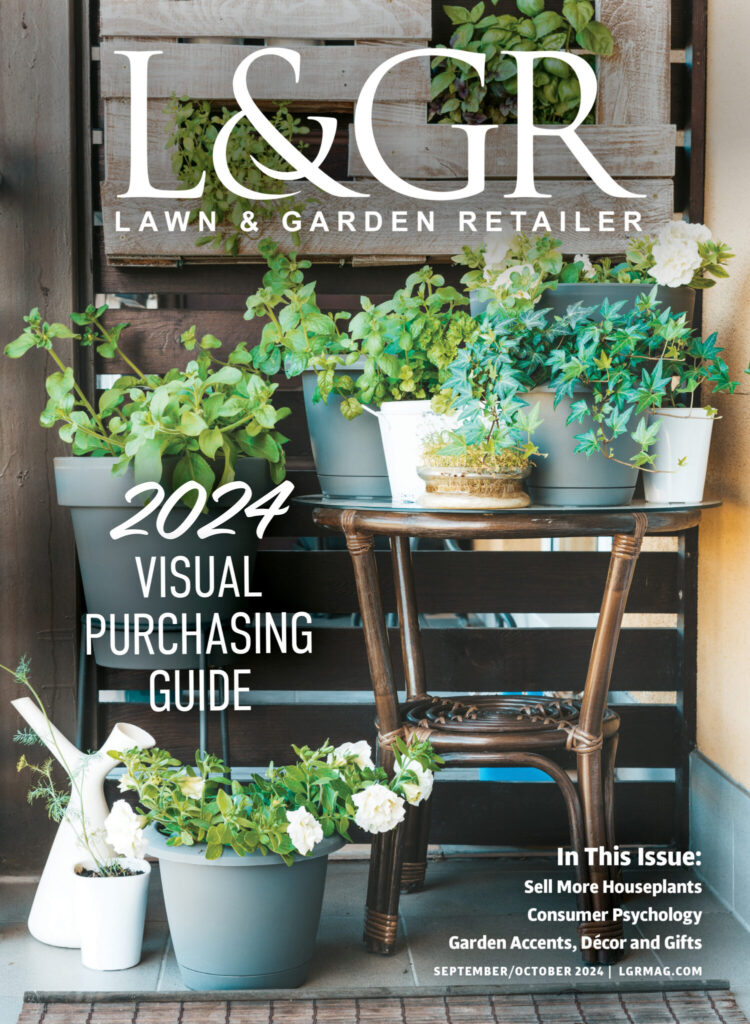Unlimited outdoor living
Merchandising a home and garden store in a congested urban area is challenge enough, but when the owners of our garden center decided to invest heavily in outdoor furniture, we were faced with an obvious challenge: Where do we put it? While outdoor living products do demand a large chunk of real estate, it is possible to offer customers a satisfying mix of products without jeopardizing sales in other areas. On the contrary, outdoor furniture is now a natural extension of the complete line of home and garden goods and services the customers at Jayson Home and Garden, Chicago, have come to expect.
Creating garden rooms
Experimenting with the merchandising of these products has provided several painful lessons. The one that makes most of us cringe in recollecting is the attempt we made at creating a “showroom” for the outdoor furniture. Day after day, we would watch as people approached the area of the store devoted to our garden furniture, stopped on the periphery, scanned the room and walked away. Of course, we now realize that divorced from its natural setting, our carefully selected teak, cast aluminum and vintage furniture looked odd and severe, arranged as it was one piece after the next indoors, no less! It is still one of those “what-were-we-thinking?” moments that we’re humble enough to admit was an utter failure.
What was once so elusive now seems so obvious outdoor furniture gets merchandised outside. If you are convinced you have no space to sacrifice for anything as unnecessary as teak tables and chairs or as impractical as a three-tiered fountain, consider these products assets in your effort to create a beautiful and convincing outdoor garden setting.
The concept of a “garden room” or the garden as an extension of the home is the current pop-garden phenomenon. Those of us who have been gardening for years, particularly in less-hospitable climates, have often thought of the garden as a welcomed good-weather home addition. Taking the same approach to our selling space as many homeowners do with their own property, Jayson’s refocuses our attention outside once spring weather arrives. Our vintage brickyard transforms from parking lot to sales lot, housing not only our live gardening material, but also all of our garden furniture.
The same philosophy we use inside to display upholstered pieces and case goods is applied to the garden: designing living spaces that combine interesting, comfortable and pleasing elements. Areas are created by placing furniture, planted containers, fountains and garden ornaments in compact arrangements that move effortlessly between mass groupings of live material. This is a real opportunity to not only show the furniture in its intended setting, but to show-off the design talents of garden staff by using outstanding planted containers. The interest these elements lend each other is indisputable, inspiring many customers to begin rethinking their own garden rooms.
Know your limitations
A large part of successfully merchandising outdoor living products is knowing your limitations. Serving a mostly urban customer whose gardens are often high-rise balconies or rooftop decks, we’ve learned the importance of appropriately sized furnishings. The 24-inch bistro tables and the romantically tight two-seater benches are generally the first things to go. We don’t have room and neither do our customers for big shade umbrellas or tables that extend much past 40 inches. If space is limited, keep offerings to a reasonable size, particularly if your customer is as pressed for space as you are. Having limited space also demands a certain restriction in the variety of products offered. Our buyers are judicious in their decisions about what we will and will not be able to show. A small selling space is actually a silent reminder to be as discerning as possible in the selection of products. We may not be able to offer a wide selection of garden furnishings, but what we do have is largely unavailable at other area retailers. Yes, Costco will always under-price us, which is why it’s imperative we offer a beautiful and unique product to our customers.
The enormous advantage to showing all of our outdoor furniture in our selling yard has been the simplicity it offers customers who come in specifically looking for these products. At various times, we have had our garden furniture in the previously mentioned, ill-fated “showroom,” our indoor sales floor and outside in the yard. Nothing could have been more confusing to the customer. Salespeople walked customers throughout the store, and then proceeded to direct them outside to see more. Placing the garden furniture indoors may have lent an advantage to the presentation of some other categories, providing a beautiful “fixture” on which to display a line of pots or bath goods, but it did nothing to show the features of the furniture. The efficiency of our current approach not only saves customers from the frustration of having to search out the goods they’re in the market for, but it allows them to shop independently without the lingering sense that they must be missing something.
Garden furniture is a comparatively small category for us seven percent of our sales last season. Yet we know offering such products lends the plant yard character and authenticity in the eyes of customers looking for design ideas. By starting small and including outdoor living products in natural-looking garden settings, customers will feel inspired to create their own garden rooms.



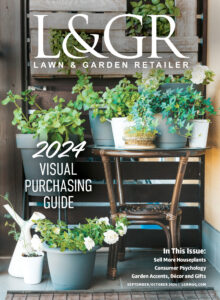
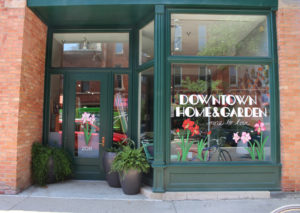


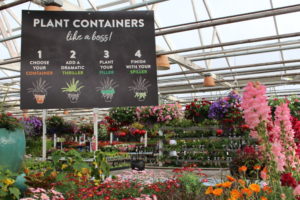
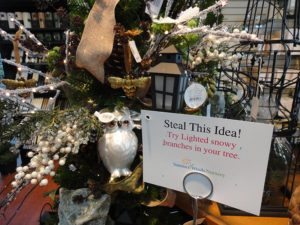

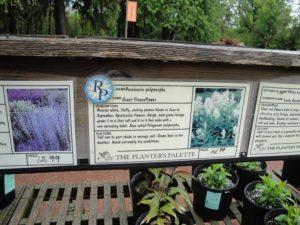
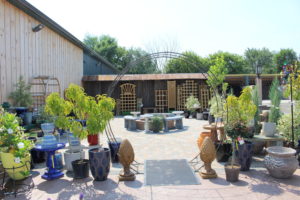
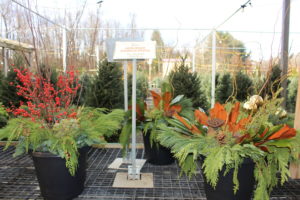
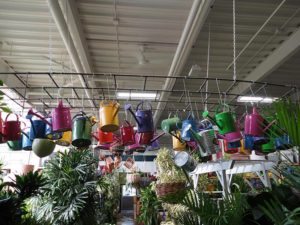
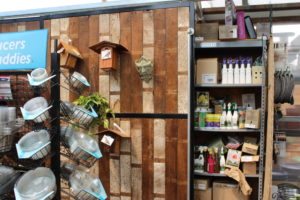

 Videos
Videos




